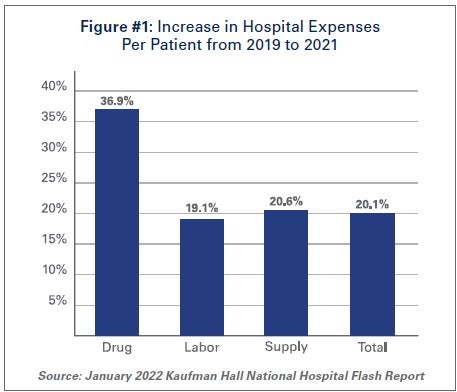
### Redefining Health Care Reform: From Static Incentives to Market-Driven Value Enhancements
In the last twenty years, the healthcare system in the U.S. has been influenced by numerous reform efforts focused on enhancing quality and curbing expenses. Initiatives such as Accountable Care Organizations (ACOs) and value-based purchasing frameworks from the Centers for Medicare and Medicaid Services (CMS) have relied on two primary tactics: quality bonuses and shared savings incentives. Though these initiatives are well-meaning, they often do not succeed in providing sustainable, long-lasting value improvements throughout the healthcare landscape.
This is the reason current models struggle to foster significant change—and why transitioning to a market-driven methodology that empowers patient choice might be the key to an improved healthcare system.
—
### The Issues with Existing Incentive Models
The present structure of CMS value-based programs centers on two tactics:
1. **Quality Bonuses**: Providers receive financial incentives for demonstrably enhancing the quality of care they provide.
2. **Shared Savings**: Providers earn a portion of the savings achieved when they lower care costs, on the condition that quality standards are met.
Initially, these incentives appear sensible—they align provider motivations with the dual objectives of improving quality and reducing expenses. Nonetheless, when assessed based on long-term value (where **value = quality / price**), these methods struggle to deliver.
#### Why Incentives Can Be Detrimental
When a provider enhances quality, they obtain a bonus, thereby raising the “cost” side of the value equation, which negates some or all of the value gains. Likewise, when a provider cuts costs, they receive shared savings, again increasing the overall pricing net. The outcome? Minor and temporary value improvements without any fundamental changes.
An in-depth analysis of program evaluations shows that these models seldom lead to substantial value increases. Numerous studies highlight slight advancements in cost or quality, often revealing that programs end up costing CMS more than the savings they generate. Furthermore, many providers choose not to participate, finding that the administrative demands and compliance costs outweigh any potential benefits.
—
### Changing the Focus: A Market-Driven Method to Value-Based Care
To genuinely transform the U.S. healthcare landscape, we require a paradigm shift—from micro-managing provider incentives to empowering patients with actionable information and market-oriented tools.
#### The Main Proposal: Incentivize High-Value Providers with Patient Volume
Rather than providing bonuses to providers for minimal improvements, the system should guide patients toward high-value providers—those delivering superb care at reduced costs. As these providers garner more patients, their profitability naturally rises, resulting in strong motivation for competitors to improve or risk failure. This environment encourages a continuous cycle of value-oriented innovation, with all providers striving to enhance quality and minimize costs.
#### Implementing This Vision
Encouraging patients to select higher-value providers necessitates three fundamental adjustments:
1. **Clear Quality Data**
Patients require transparent, comparable data on provider performance concerning metrics that matter to them. Current quality reporting frequently focuses on measures that do not influence patient choice. Reporting should instead emphasize metrics reflecting significant outcomes and patient satisfaction.
2. **Transparent Pricing Information**
Patients must be informed of the total cost of care before making decisions. The existing lack of clarity in pricing inhibits consumers from making financially sound choices. Increased transparency would allow patients to effectively assess price against quality.
3. **Coherent Insurance Plan Design**
Insurance plans should motivate patients to select higher-value providers by enabling them to participate in cost savings or bear a small portion of the price difference for opting for more expensive providers. Even minimal financial accountability, especially for Medicaid patients, can lead to smarter choices.
—
### The Argument for Discontinuing Current CMS Programs
Reliance on programs that incrementally reward providers with bonuses is costing CMS millions each year with limited success. These models lack the capability to foster the systemic improvements essential for a sustainable, high-functioning healthcare system.
A notable exception is **bundled billing**, wherein a provider charges a single, comprehensive price for a care episode. Bundled billing inherently promotes both cost-effectiveness and quality enhancements, as providers must manage resources efficiently to achieve the best outcomes under a fixed payment. However, all other CMS programs focused on quality bonuses and shared savings should be phased out in favor of strategies that encourage market competition based on value.
—
### Tackling Health Care Disparities
Transitioning to a market-oriented focus on value must not exacerbate healthcare disparities. Ensuring equity as a foundational element of the reform strategy is vital. Transparency in pricing and outcome data can empower historically marginalized populations with superior options. Additionally, insurance plan designs must guarantee that affordability remains a priority while leveraging incentives to promote high-value care.
—
### Accelerating Significant and Widespread Improvements
By enacting these changes—transparent quality and price data, bundled billing, and refined insurance structures that guide patients toward high-value care—we could achieve value improvements at a speed and magnitude never seen in current healthcare reform efforts.